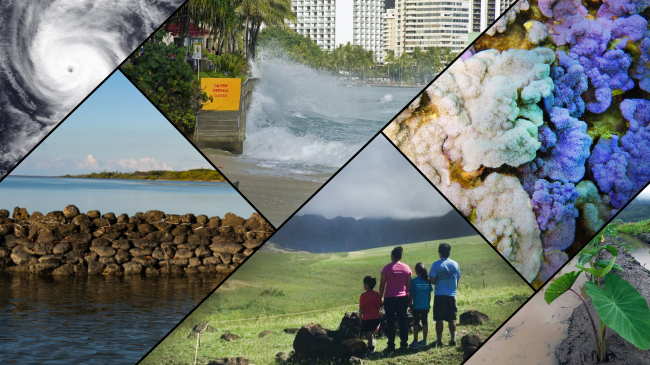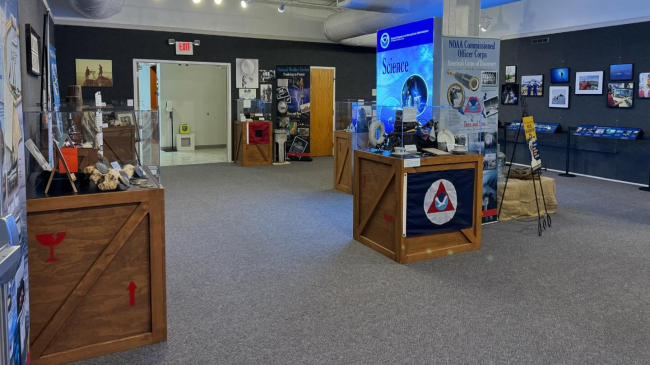A great year to 'think global, act local' and help preserve the natural world in your neighborhood
We know: You’ve been inside more than usual this year. With Earth Day on April 22, now’s the perfect time to put some spring in your step and venture outside, look closely at the nature in your neighborhood, and appreciate the vibrant planet we live on and care for.
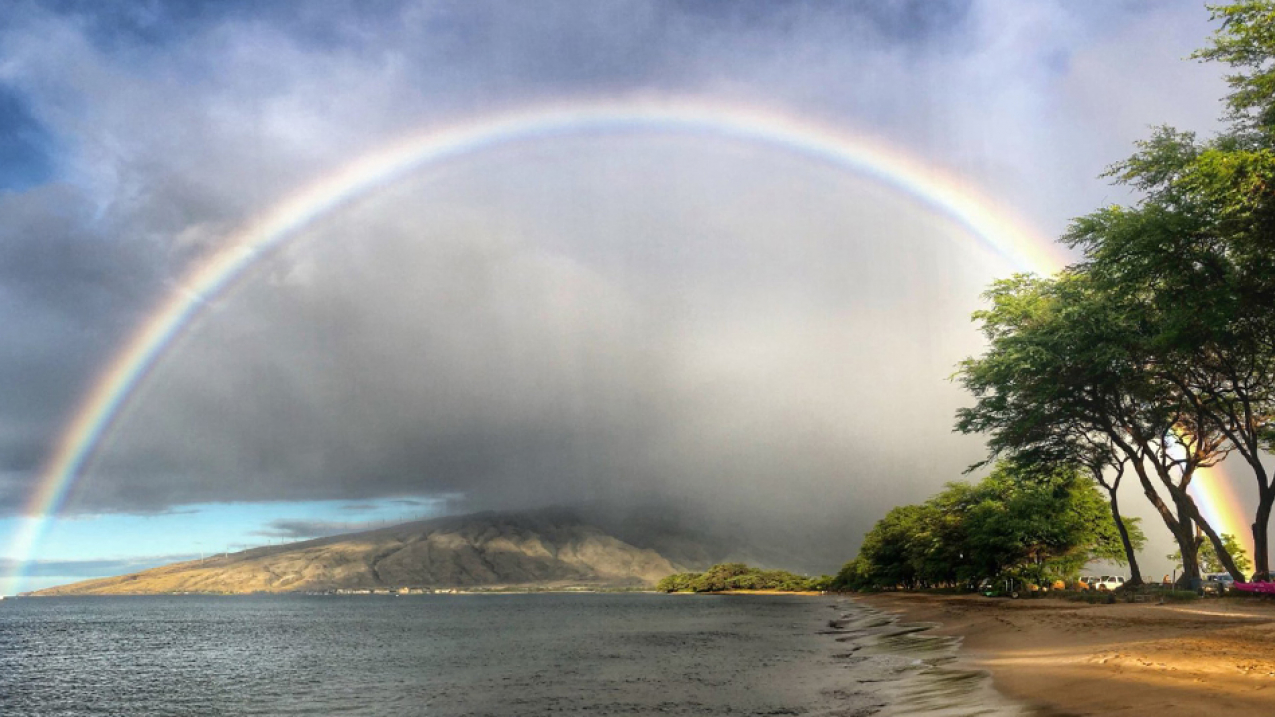
Early morning rainbow along the south shore of Maui taken on July 29, 2019 in the Hawaiian Islands Humpback Whale National Marine Sanctuary. (Image credit: Jeff Moore/NOAA)
Earth Day, the highlight of Earth Month, also provides people around the globe opportunities to give back, whether it’s joining a beach cleanup (socially distanced, of course), becoming a citizen scientist (want to log whale sightings?) or simply learning more about the changing natural world that sustains human life.
At NOAA, we like to say that EVERY day is Earth Day because stewardship is a big part of our mission. After all, it’s a big, beautiful world out there — and it’s the only one we’ve got.
NOAA satellites see it all—hurricanes, severe thunderstorms, lightning, fires, dust storms, air quality, fog, volcanic eruptions, vegetation, snow and ice cover, flooding, sea and land surface temperature, ocean health and more. Here are more Earth views you can choose: http://bit.ly/NOAASatellitesEarthViews (NOAA Satellites)
But, it’s not all sunshine and rainbows for our home planet right now. We have some big challenges threatening Earth and the lives that are sustained by it: Foremost on our minds is climate change.
As you read this story, NOAA scientists are hard at work monitoring climate-influenced changes to the atmosphere and ocean. Here are 5 ways we're answering some of the biggest questions about climate change, such as exploring its link to hurricanes. (But first: What's the difference between weather and climate, anyway? Start here.)
Check out this bit of climate news, hot off the presses: Recent observations show that greenhouse gases carbon dioxide (CO2) and methane surged last year, despite pandemic-related shutdowns and people quarantined at home. NOAA scientists reported that levels of CO2 in the atmosphere are higher today than at any time in the past 3.6 million years. So, what does CO2 have to do with climate change and a warming world?
Climate actions can start at home: Are your plastic takeout containers piling up? Using the clothes dryer constantly? Well, protecting the planet starts with you, so here are 10 simple choices you can make now. (Got bored kids at home? We've got fun science activities and learning tools for all those budding young scientists.)
Is this the year YOU become a citizen scientist? NOAA and the larger citizen science community offer a number of volunteer projects that enable you to contribute to real-life scientific research. There’s something for everyone, whether it’s reporting severe weather, measuring Earth’s magnetic field from your smartphone or collecting and recording types of trash that blight our beaches and shorelines.
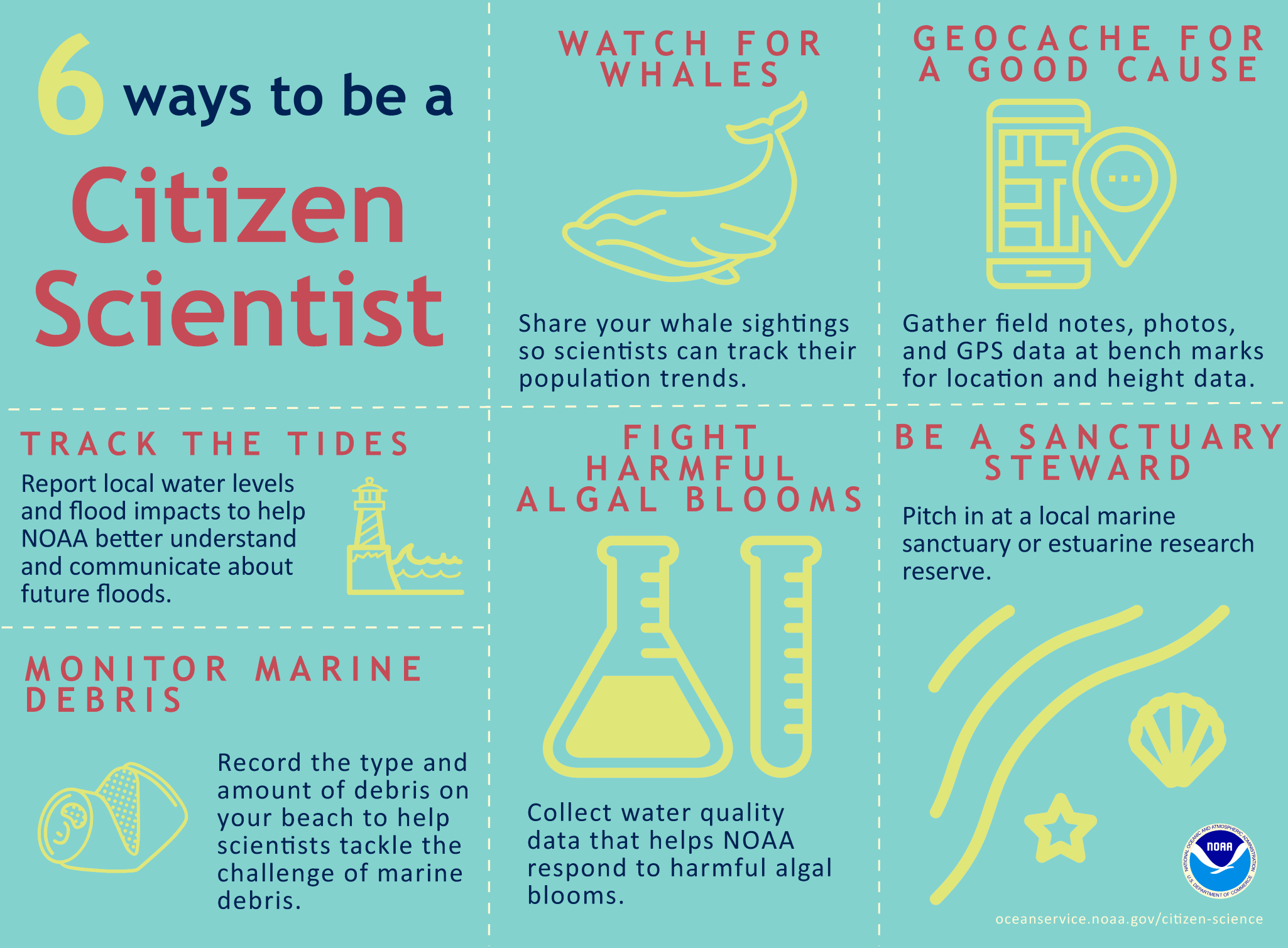
Planning your post-quarantine beach or island get-away to do a little snorkeling, scuba and other fun watersports? Before you slather on the sunblock, consult this infographic on how to protect yourself as well as the coral reefs you’ll encounter. (By the way, did you know that NOAA uses satellites to monitor coral reefs?)
You might also encounter some wildlife along the way. What are the right ways to safely view marine mammals during your next beach or boat trip? Check out our guide, “Please no selfies with the seals.” NOAA is also deeply committed to protecting threatened or endangered species of marine life — such as whales, turtles and seals — from ship strikes, entanglement in fishing line and other hazardous interactions with humankind. See what we mean in this dramatic rescue video of an entangled whale below.
July 27, 2020: On this day, a 4-day effort by trained responders to disentangle a humpback whale from submerged fishing gear near New York City began. Multiple partners brought their expertise and large boats to haul the heavy gear up and free the whale. (NOAA Fisheries)
Can’t get to the beach or the lake? We’ve got you. Head beneath the surface with these eye-popping virtual 360-degree dives into some of the spectacular underwater sanctuaries that NOAA manages. Before you “go,” learn these fun facts about wonderful whales, surprising seals, fascinating fish and more.
Do you get the warm fuzzies when you think of the big blue ocean? So do we! A healthy ocean makes for healthy, sustainable seafood and a healthy you. It’s one of our biggest priorities. NOAA Ocean Today’s video collection, “The Ocean We Love: Earth Day Special,” is just what you need to get your deep-sea fix. Take a peek:
We love the ocean and we know you do too. Join Symone Johnson as she gives us a ninety second tour of this Earth Day collection. (NOAA Ocean Today)
And while we’re on the topic of the deep sea: Believe it or not, the world’s ocean is still a new frontier — more than 80% of it remains unmapped and unexplored. In fact, NOAA’s ocean explorers find something new (and occasionally something weird) during every dive like this comb jelly or the so-called “E.T. sponge.”
However, ongoing observations of ocean conditions are giving NOAA scientists reasons to worry: An increasing amount of carbon dioxide in the atmosphere is being absorbed by the ocean in a series of chemical reactions that cause waters to become warmer and more acidic. Ocean acidification (explained in this video) harms fish and shellfish, and bleaches and kills healthy coral. (Here’s a 360-degree view of a coral reef before, during and after a bleaching event.)
If lush landscapes teeming with birds and fish are more your thing, stay with us: NOAA also helps protect essential, life-supporting wetlands — like marshes and estuaries — and restores them to health after being damaged. Wetlands provide tremendous benefits for coastal communities as well as homes for fish and other wildlife. (This animated game about estuaries will show you why they’re more than just a pretty view.) Here are just 5 reasons why we love wetlands.
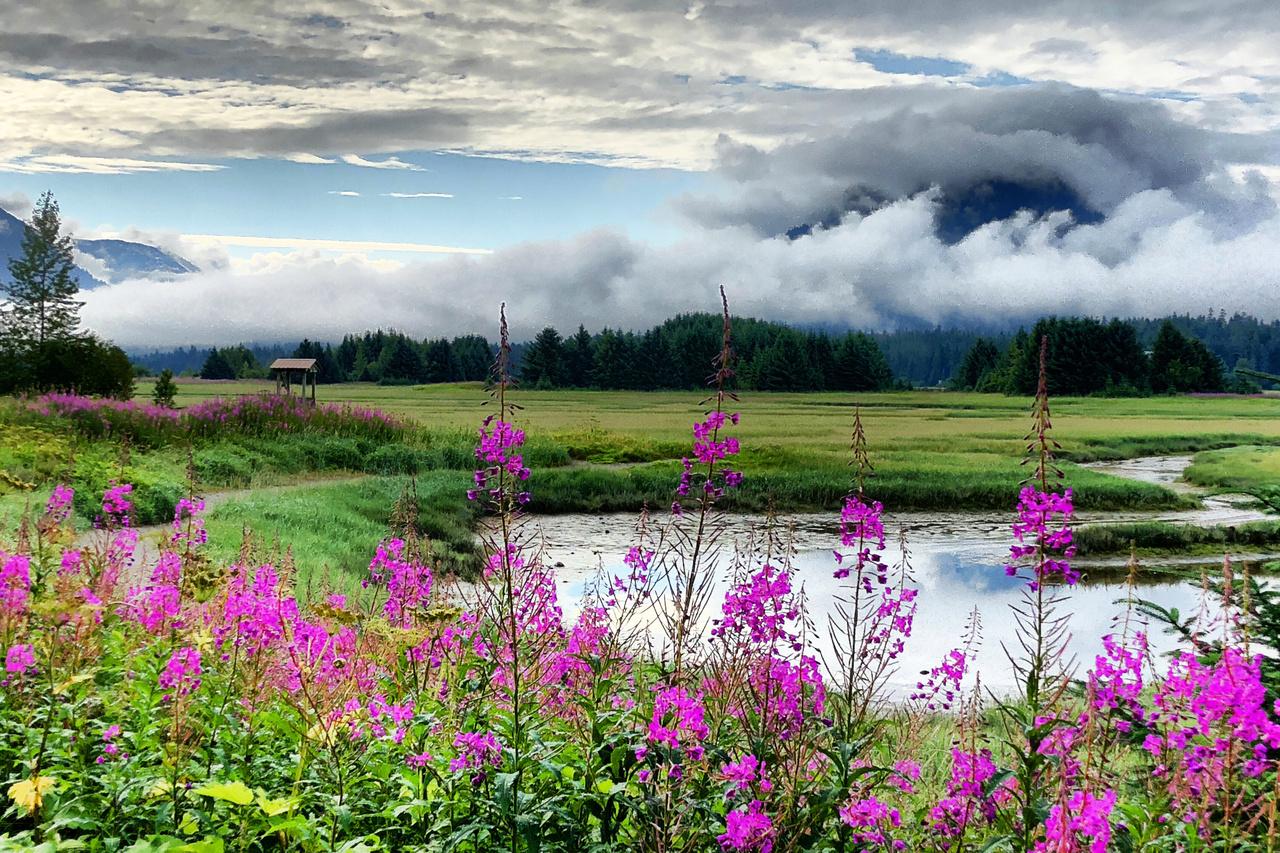
And finally … heads up, space fans! Did you know there’s going to be a new face in space later this year when NOAA’s newest satellite GOES-T launches in December? First, we needed to kick the tires and make sure it meets tough industry standards. (By the way, NOAA weather satellites have seriously changed the world.)
Have we piqued your interest? Be sure to check back later in the week for more to explore.
In the meantime, follow NOAA’s Earth Week coverage using the hashtag #EarthDayNOAA, and stay connected by joining our social media communities.


